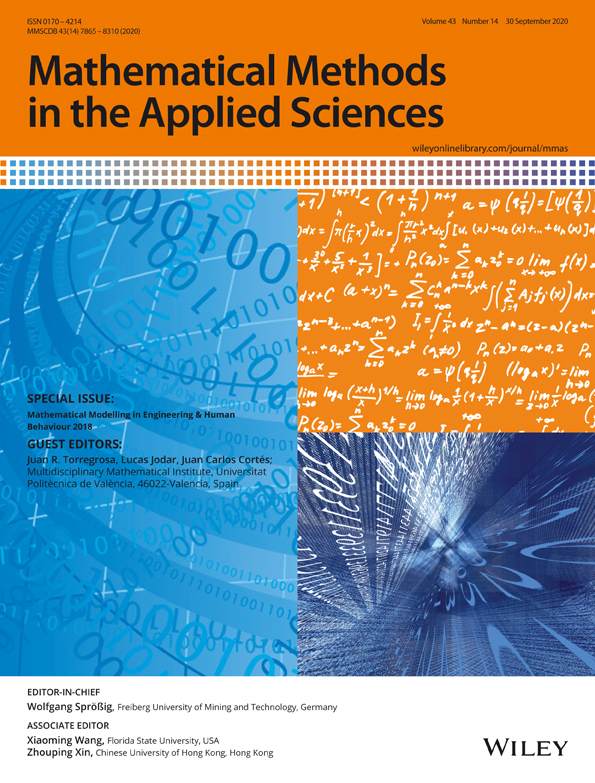Traffic model based on synchronous and asynchronous exclusion processes
Abstract
We consider an exclusive process on a closed one-dimensional lattice. We have used a continuous time version of traffic model based on the deterministic-stochastic approach developed by A.P. Buslaev. There are cells and particles in the closed contour. Particles can move in both directions. We consider two versions of the system. In the continuous time version, the time interval between attempts of a particle to move is distributed exponentially. The intensity of attempts depends on the particle. In the discrete time version, a particle tries to move in one of direction with a given probability at any discrete moment. The attempt is realized if the particle tries to move to a vacant cell. In the discrete time system, if two particles try to move to the same cell, then only one particle moves. We use equivalence of the continuous time system to a queueing network to find the system stationary state distribution of the system. Stationary probabilities of the discrete time system have been found under the assumptions that the number of particles is equal to two and the number of cells is even. We have proved that, under these assumptions, the system is time reversible, and in the general case, the system is not time reversible.
CONFLICT OF INTEREST
The authors declare no potential conflict of interests.




